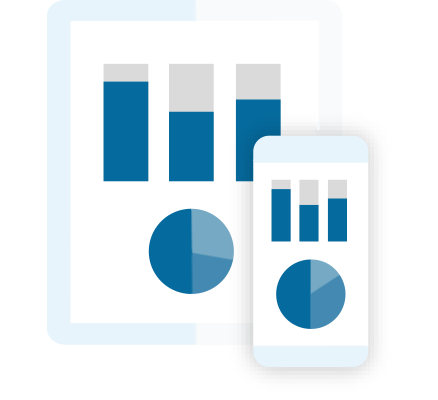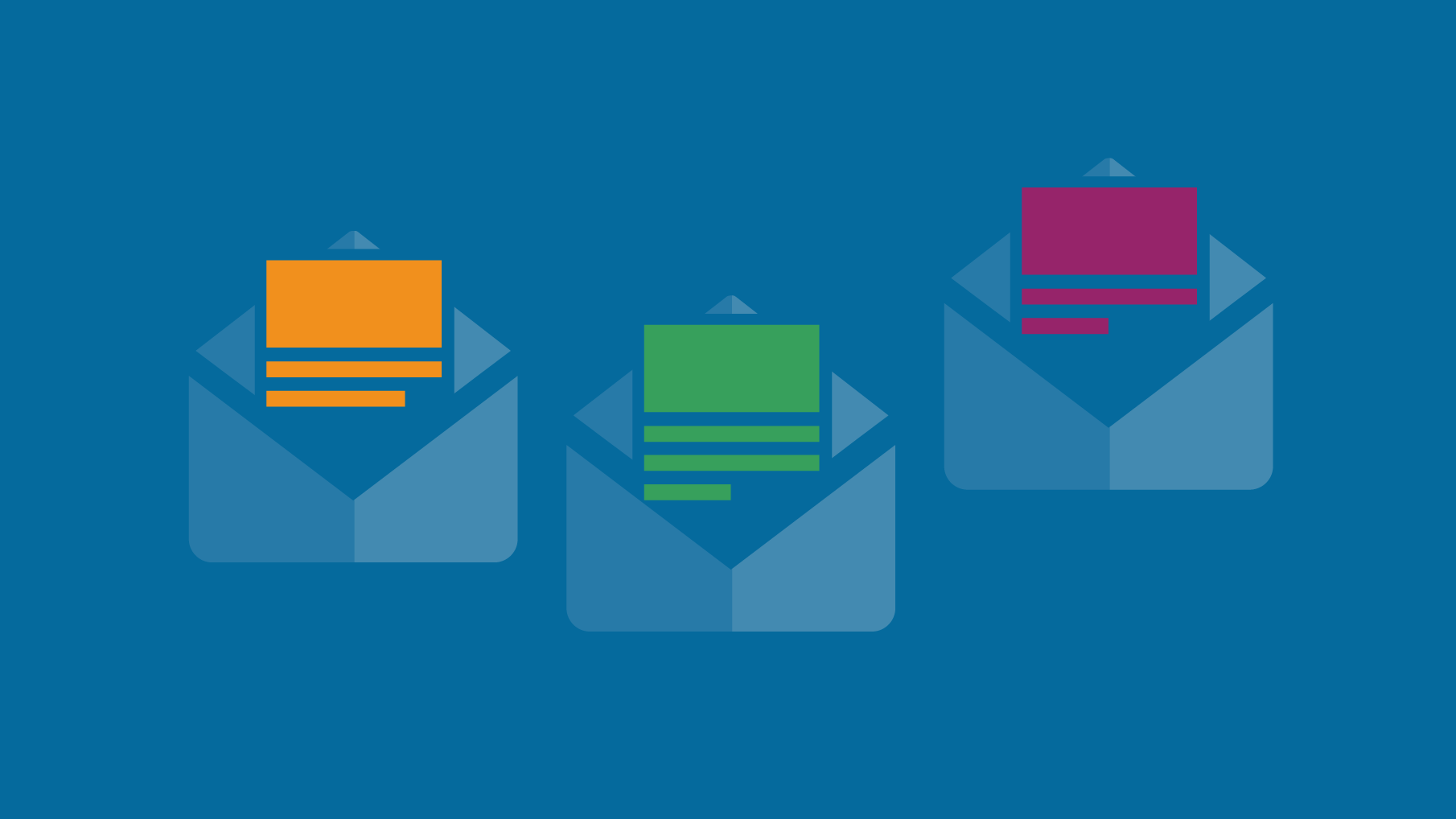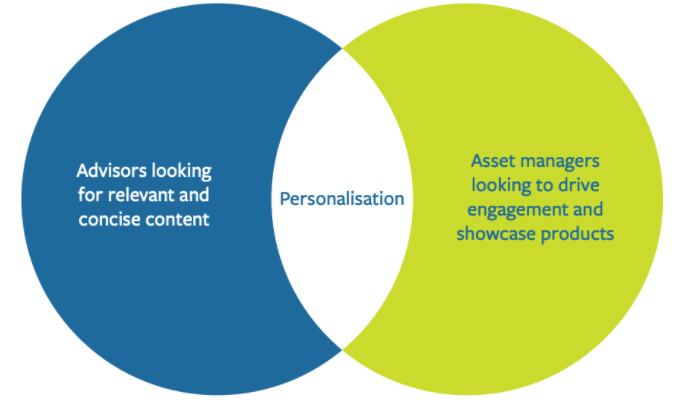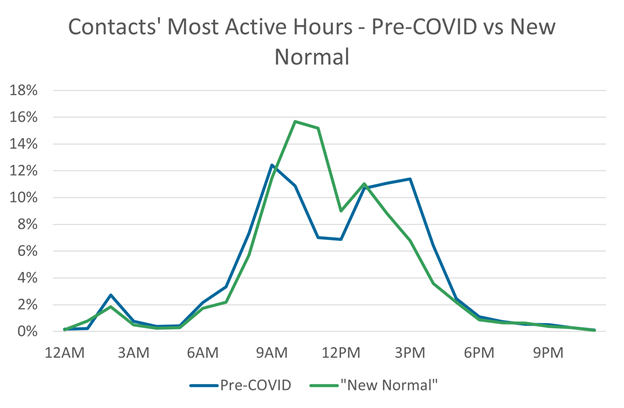Financial institutions have been around for a long time, but competition has grown fierce with the digital age. Professional investors are no longer demanding personalization, they expect it. And if they don’t get it? They have plenty of other places to invest.
Nearly 75% of advisors frequently receive emails from their asset manager partners that aren’t relevant to their needs, according to our Bridging the Divide report.
If personalization makes you hesitate, we get it. The digital age, especially when it comes to money, also has a huge challenge: the increasing concern over data privacy and security.
Apple allows their users to block tracking from apps and emails.
Google’s phasing out Chrome’s third-party cookies by the end of this year.
GDPR, CCPA, and a growing number of legislation are getting stricter with stronger privacy protections and greater data transparency.
Despite all of that, your emails can still shine without giving off major stalker vibes.
7 email personalization tips to increase engagement
No matter where you are on the personalization maturity model, here are seven ways to achieve effective email personalization without being creepy.
1. Don’t divulge the details
Hi, FIRSTNAME. We know you just hired your 100th employee. Interested in retirement savings plans?
Um, what?
Sure, personalization is one way to differentiate yourself and stand out in the inbox… but not like that.
A lot of asset and investment managers might think personalizing emails means sharing details about your clients like their demographic data, finances, or web behavior. So it’s no surprise that many avoid it altogether to stay legally compliant.
But here’s a simple tip: Personalize without saying that you’re doing it.
Be a natural part of your client’s journey instead.
2. Use behavior-based triggers
It’s all about being valuable and helpful, serving the right message at the right time. It’s impossible to do this one-on-one. You can’t scale that way. But marketing automation gets you pretty close.
So if someone is logged into their account, visits one of your pages on value investing, and currently does not invest in value mutual funds, that can trigger off a series of emails to provide more information and nurture them on a personalized journey based on how they continue to engage (or not) with your emails.
3. Send when your clients are engaging
Even if an email isn’t triggered by a client action, you can still achieve ideal timing — with Send Time Optimization (STO). STO uses artificial intelligence and machine learning to personalize the time each contact receives your email when they’re most likely to engage with it, increasing your open and click-through rates.
STO is helpful because people’s preferences change all the time, making it hard to nail down the best time to send an email, as evidenced by our data from pre-COVID vs. now:
There are two types of STO:
- Time zone STO: This sends your email at a very specific time but personalizes based on each contact’s time zone, especially useful if you’ve got clients around the globe. You don’t want to send an email at 3pm in New York only for those in the UK to get it at 8pm.
- Personalized STO: Perfect for emails that are less time sensitive, this goes a step further by looking at each individual’s most active times. Maybe that’s first thing in the morning for me but lunch time for you.
4. Segment your audience
Your email campaigns can feel tailor-made, too. How? With segmentation and dynamic content.
Instead of giving everyone the same promotional message, you personalize that message based on the audience and do it in a single email using dynamic content. Meaning, you set up just one email to your entire list but set rules within the email’s content that displays Content 1 to Audience 1, Content 2 to Audience 2, and so on.
For example, if you’re launching a new bond portfolio, most of your email could be the same except for the headline and first paragraph that would speak to the different pain points of different audiences: those doing individual bond work, those with other bond portfolios, and those who primarily work with stock portfolios.
5. Make smart recommendations
Here’s a hot tip from the ecommerce world: Create a content block of product recommendations in every email that constantly updates based on each client’s recent activity and preferences. So even if they’re not interested in that particular email’s topic, the recommendations are always just for them.
Even if you’ve already triggered an email journey on, say, employee retirement savings because of a page visit, these recommendations serve as a friendly reminder and allow you to suggest similar or complementary products, too, like a Traditional 401(k) or Roth 401(k).
6. Celebrate your clients
There’s nothing like a personalized message that makes your clients feel special.
Even if you don’t have a sophisticated email marketing platform, this one’s easy to do. Think of important dates like birthdays or the anniversary of your client relationship.
Show appreciation and remind clients of all you’ve accomplished together. You may not want to show specific numbers for privacy reasons, but you can still talk about the things you’re helping them manage. For example, instead of saying a generic “Thanks for your business,” use something personalized like “You’re doing a lot for your employees’ future — thank you for trusting us.”
7. A/B test to see what sticks
Last but not least: Test, test, test!
If you don’t have any data or the data you have isn’t great, A/B testing is one way to figure out what resonates with different clients as you get closer to personalizing their journey with you. Even with all the best data, A/B testing is still a great idea to further optimize your email personalization tactics.
We’ve said it before: Professional investors change all the time, so what you think works now may not in the future. Always challenge what you know. Continue to test, learn, and optimize.
Final thoughts
As you can see, email personalization isn’t just about a first name. And it can be done effectively without coming off creepy or being non-compliant.
Financial services email personalization is even easier with StoneShot’s email marketing platform and agency services helping you with strategy, campaign management, design, and more.
With StoneShot, you get a friendly face and superior customer service. No faceless organization that treats you like another number here. Interested? Get in touch with us.









